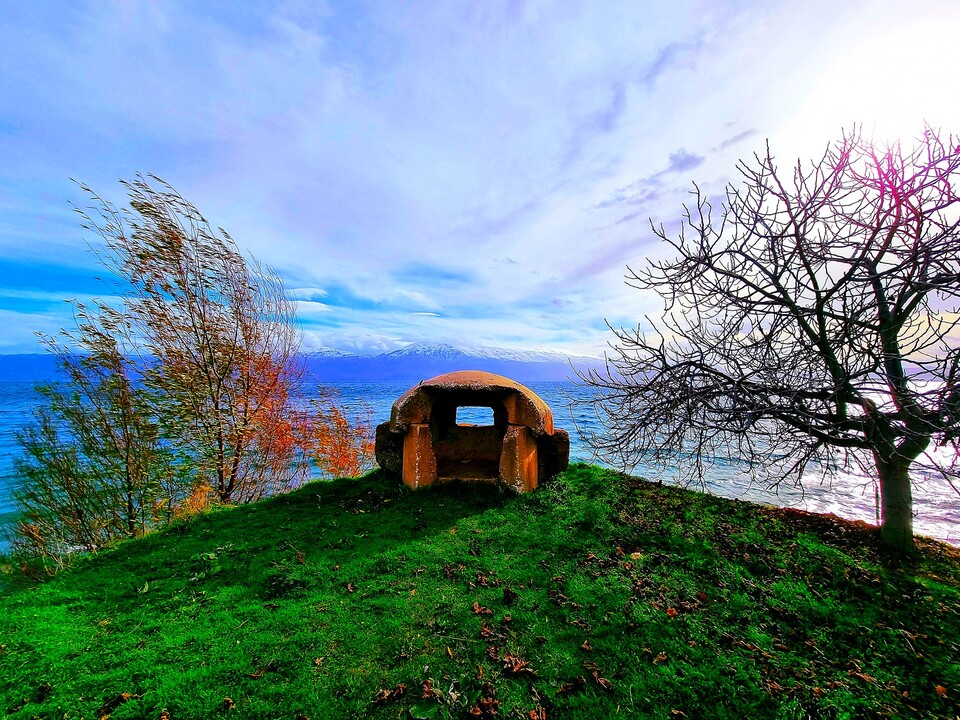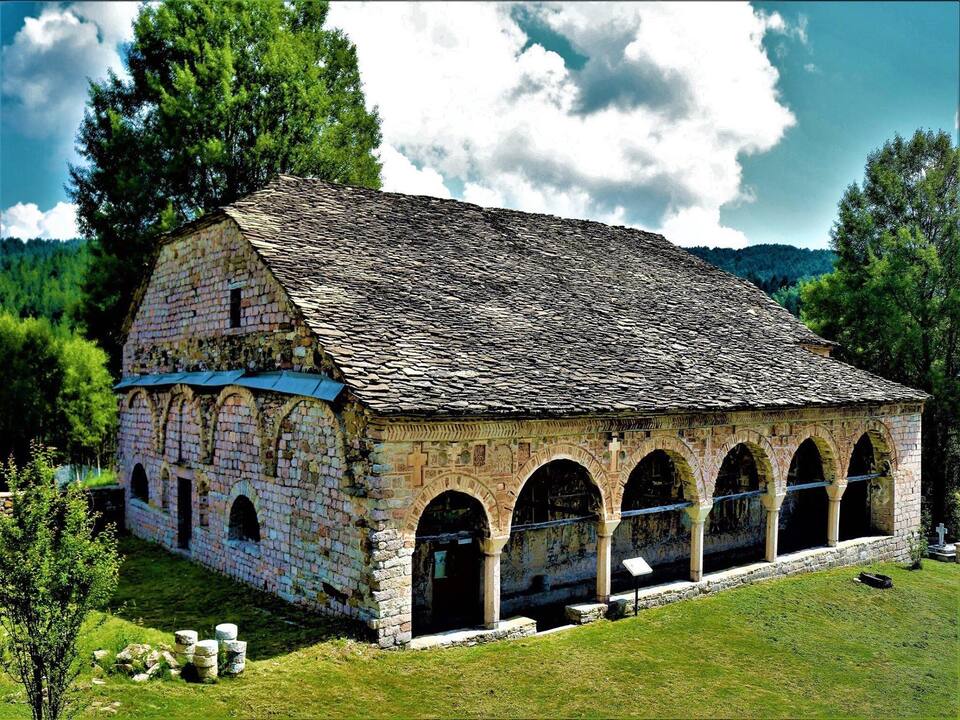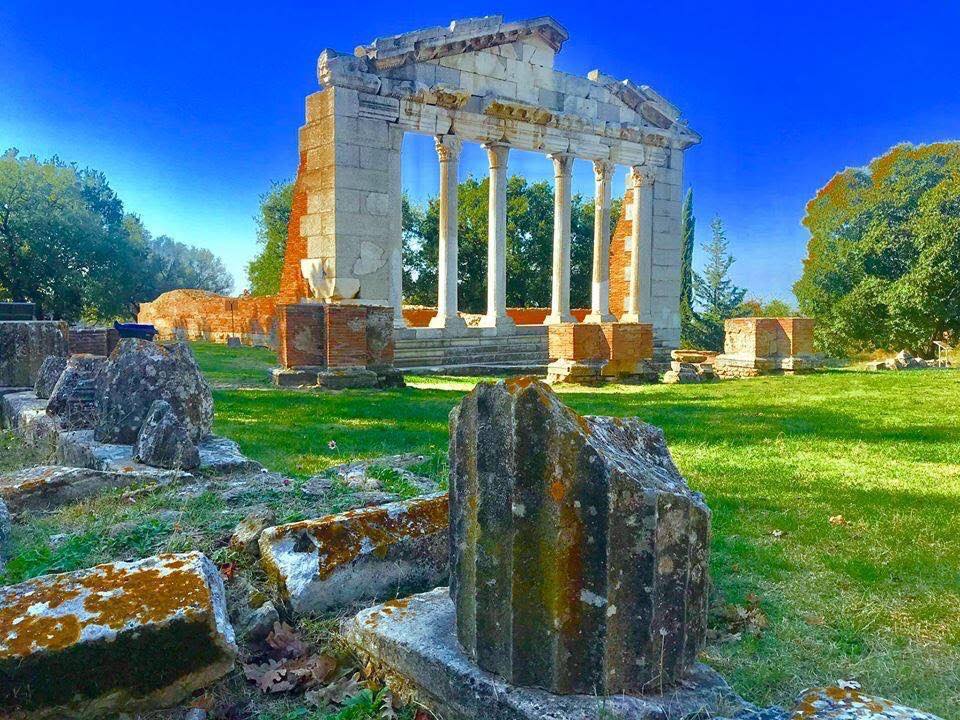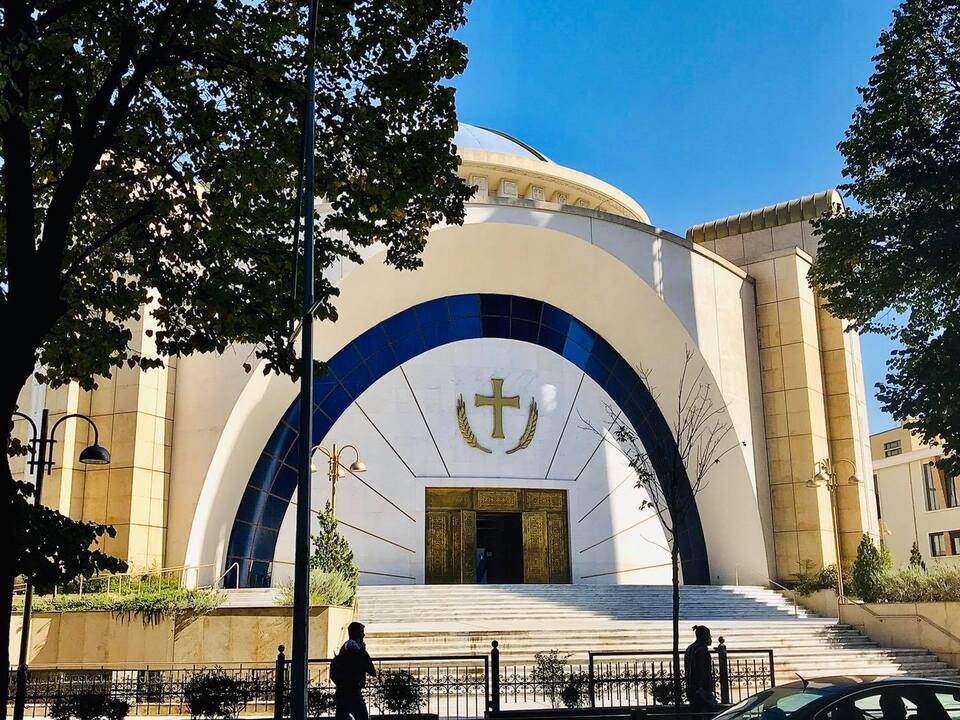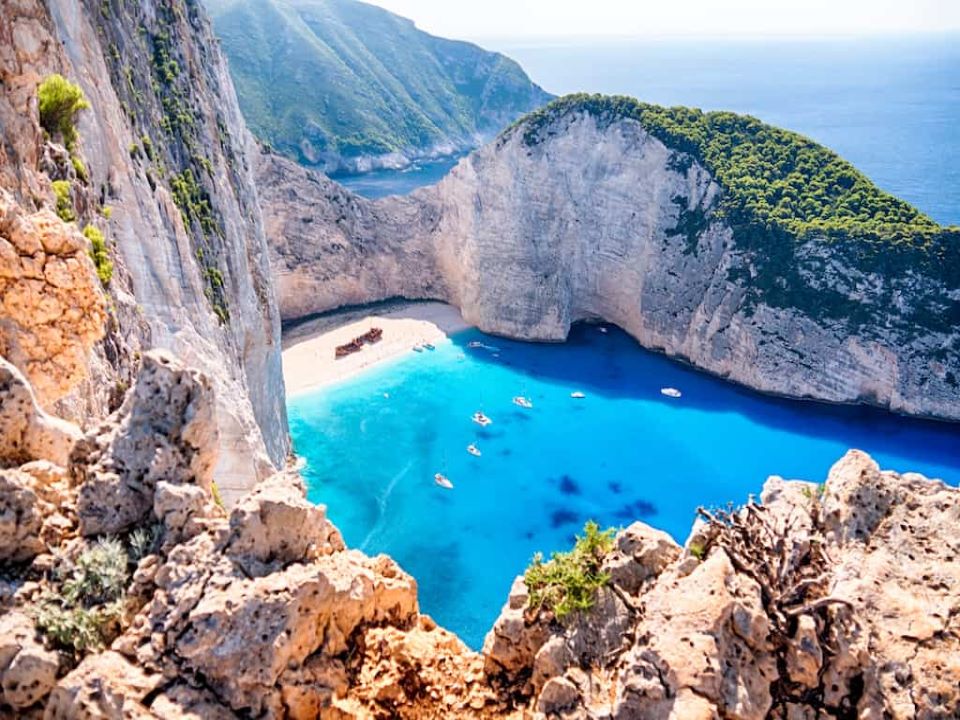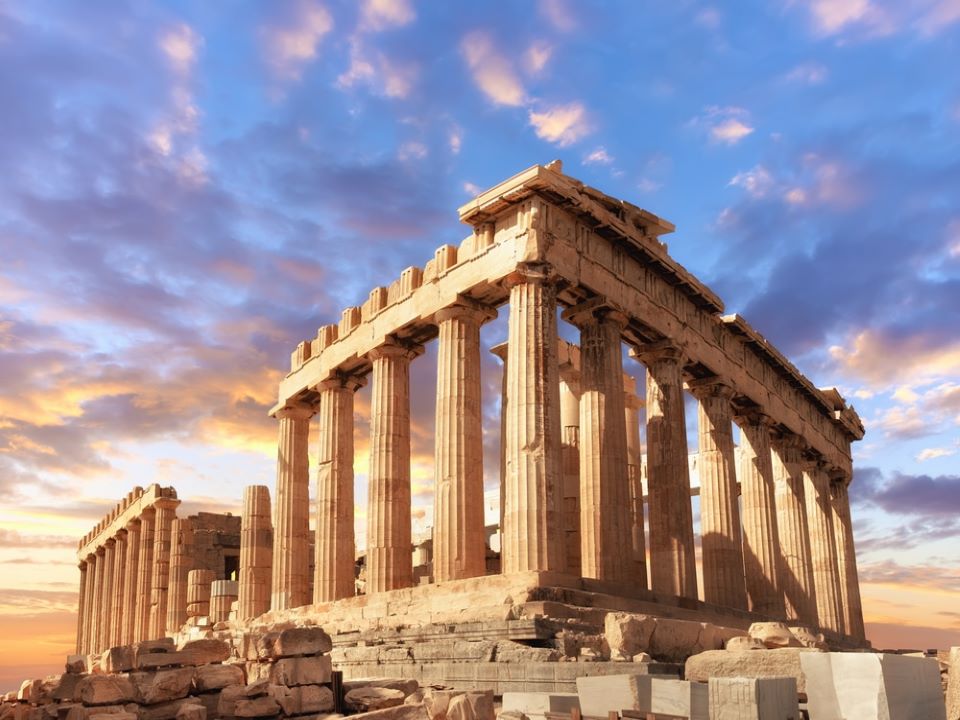Montenegro Travel Guide
Wild beauty
The tiny new state of Crna Gora is better known under its Italian name, Montenegro. The English translation is “Black Mountain” and Montenegro is a land exploding with colors. Carpeted with flowers for much of the year, the country’s muscular peaks are dappled with the dark greens of pine, beech and birch from which turquoise streams rush down to a tantalizingly azure blue sea. Fringing it, the coastline is dotted from border to border with beaches of yellow and volcanic grey, and huddles of picturesque, orange-roofed houses a postcard come to life.
Its beaches and idyllic old towns make the coastline most appealing for the traveler, though its most precious jewel phenomenally photogenic Kotor – sits just a little inland at the end of a fjord-like bay. Beach-fringed Budva is the other real highlight, but you should also try to make time for the ruins of Stari Bar. Away from the coast, pleasures are mainly confined to the mountains, particularly the spectacular national park of Durmitor, while the old Montenegrin capital of Cetinje is also well worth a visit.
Montenegro Travel Essentials
WHEN TO GO
May/June or Sep/Oct. Summer (June-Aug) for hiking.
HOW LONG IN MONTENEGRO?
10 days for the highlights; 2 weeks to see everything.
GETTING THERE
Fly into Podgorica, Tivat or Dubrovnik, (Croatia), train from Belgrade or drive/bus from any neighboring country.
MONTENEGRO VISA
Visa-free for most passports (90 days).
GETTING AROUND
Hire a car or use intercity buses/minibuses or trains.
DAILY BUDGET
60 USD per person per day (mid-range hotel; restaurant meals; bus fares; museum tickets).




